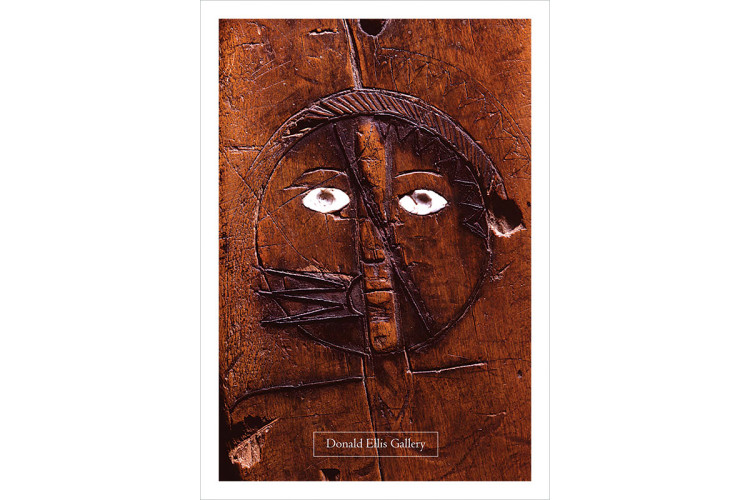
2001
$30.00 USD
ca. 1760-80
tanned hide, cloth, glass beads, tin cones, deer hair
height: (with strap): 38"
width: 7"
Inventory # CW4314-169
Sold
acquired by the National Gallery of Canada, Ottawa, ON
Anthony Plowright, London, United Kingdom
Michael Johnson, Walsall, United Kingdom
John Arieta, London, United Kingdom
Fred Bochan, Philadelphia, PA
Sotheby's, New York, 11/29/88, lot 75
Lee Lyon Collection, Aspen, CO
Donald Ellis Gallery, Dundas, ON
Private collection, Toronto, ON
Donald Ellis Gallery catalogue, 2001, pg. 33
Braunschweigisches Landesmuseum, Cat. No. FRG VM 7250 – See: Glenbow Museum - The Spirit Sings: Artistic Traditions of Canada's First Peoples, Toronto: McClelland and Stewart, 1987, pg 48, pl. W50, for a rare early pouch fashioned of glass wampum beads
The British Museum, London – See: King, J.C.H. First People, First Contacts. London: British Museum Press, 1999, pg. 48, pl. 39
Prior to European contact, beads were manufactured primarily from shell. The edge of the quahog clam (Mercenaria mercenaria) provided the raw material for purple beads, while the columns of univalve whelks (Busycon sp) supplied the material for white beads. With the introduction of metal tools, large quantities of cylindrical beads could be made by drilling through the center of the shell. The finished product was known as wampum. Primarily manufactured by Algonquian speaking peoples of coastal New England, Iroquoian women, and later by Dutch immigrants in bead factories, wampum would become common currency in the developing fur trade.
The use of glass to produce imitation wampum beads become prevalent in the later part of the 18th century, evidenced by this shoulder bag (CW4313-169). One of the few known to survive, these bags are more readily observed in paintings and engravings of the period. A closely related example was collected during the American Revolution by a German mercenary soldier, August Wilhelm Du Roi, now in the collection of the Braunschweigisches Landesmuseum, Germany.

$30.00 USD